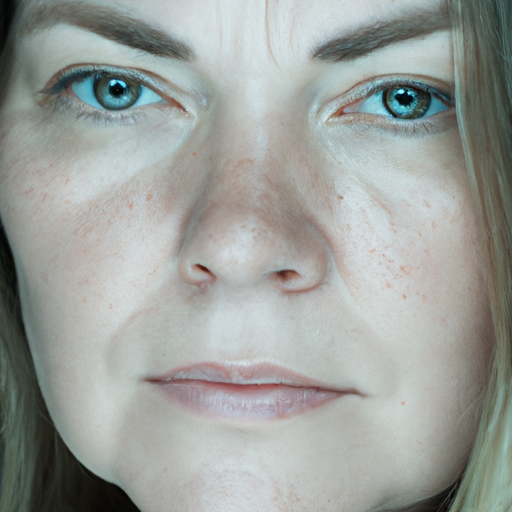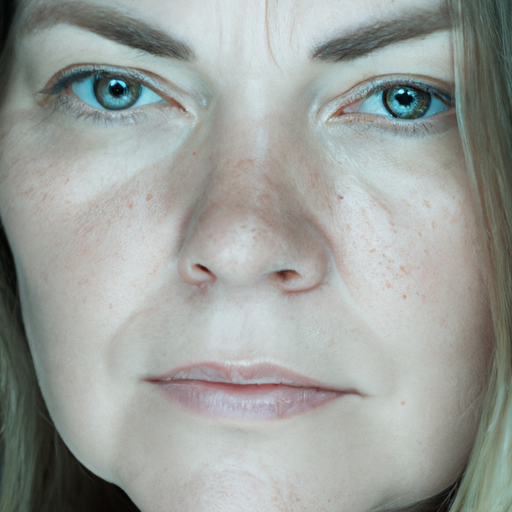As a dermatologist, I often encounter patients who are confused about the difference between skin hydration and skin moisture. Many people use the terms interchangeably, but they are not the same thing. Understanding the difference between these two concepts is crucial to achieving healthy, glowing skin.
Skin hydration refers to the amount of water in the skin, while skin moisture is about the oil content. Both are essential for maintaining a healthy skin barrier, which protects our skin from harmful environmental factors and prevents water loss.
Hydration is all about water. When your skin is well-hydrated, it appears plump, luminous, and healthy. Dehydrated skin can look dull, show fine lines more readily, and may feel tight or itchy. The primary role of hydrating products is to increase the water content of the skin. They usually contain ingredients like hyaluronic acid, aloe vera, and glycerin that attract water molecules and hold them in the skin.
On the other hand, moisture is about oil. Moisturizing products are designed to lock in that hydration by forming a protective barrier on top of the skin. They contain ingredients like ceramides, fatty acids, and cholesterol that help to replenish the skin’s natural lipid barrier, preventing water loss and keeping the skin soft and supple.
So, how do you know if your skin needs hydration or moisture? If your skin feels tight or looks dull and rough, it’s likely dehydrated and needs hydrating products. If your skin feels rough but looks shiny or oily, it’s probably lacking in moisture.
However, most people’s skin needs both hydration and moisture to some extent. A good skincare routine should include both hydrating and moisturizing products. Start with a hydrating serum or essence to infuse your skin with water, then seal it in with a moisturizer.
It’s also important to remember that drinking plenty of water is an essential part of keeping your skin hydrated. While topical products can help, they can’t replace the benefits of internal hydration.
In addition, your skin’s hydration and moisture needs can change with the seasons. In the winter, when the air is dry, your skin may need more moisturizing products to prevent water loss. In the summer, when it’s hot and humid, your skin may need more hydrating products to replenish the water lost through sweating.
Understanding the difference between hydration and moisture is the first step towards achieving healthy, balanced skin. By tailoring your skincare routine to your skin’s specific needs, you can help to maintain a strong skin barrier, prevent premature aging, and keep your skin looking its best.
In conclusion, decoding your skin’s thirst involves understanding its hydration and moisture needs. It’s not a one-size-fits-all approach but requires a personalized routine that caters to your skin’s unique requirements. As a dermatologist, I recommend consulting with a skincare professional who can guide you in creating an effective skincare regimen that addresses both these aspects for optimal skin health.




